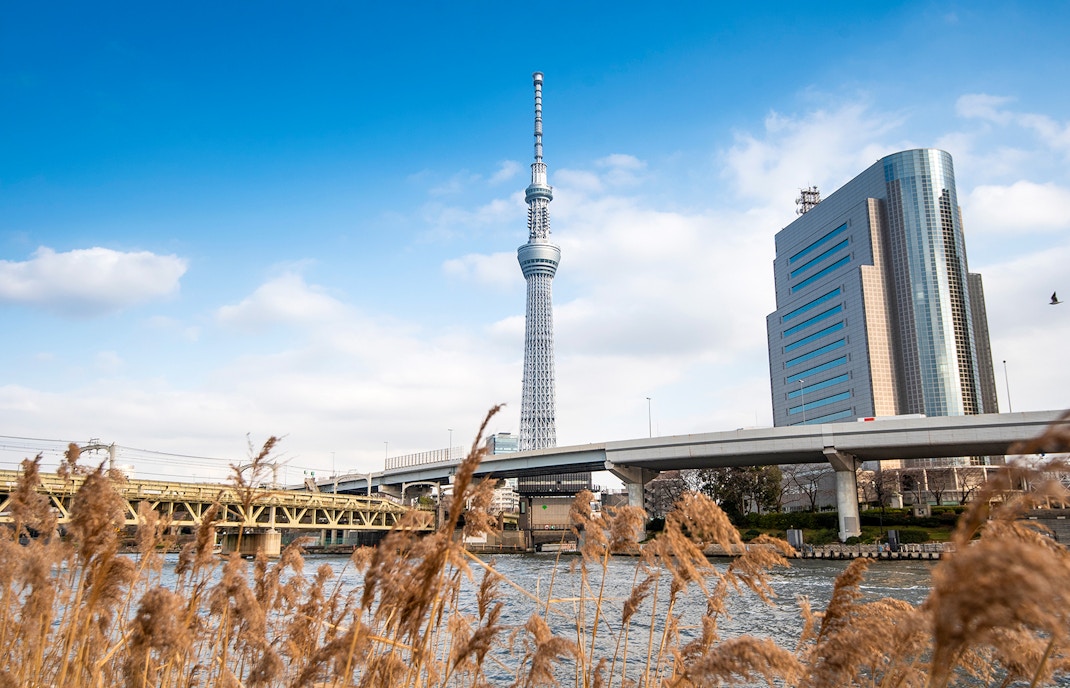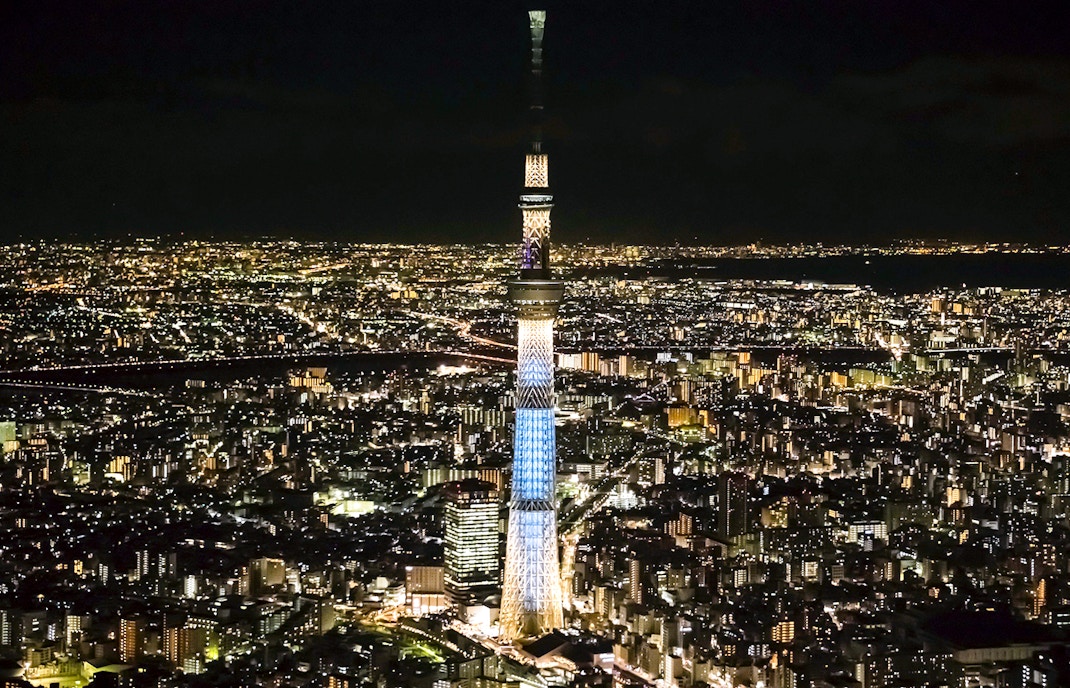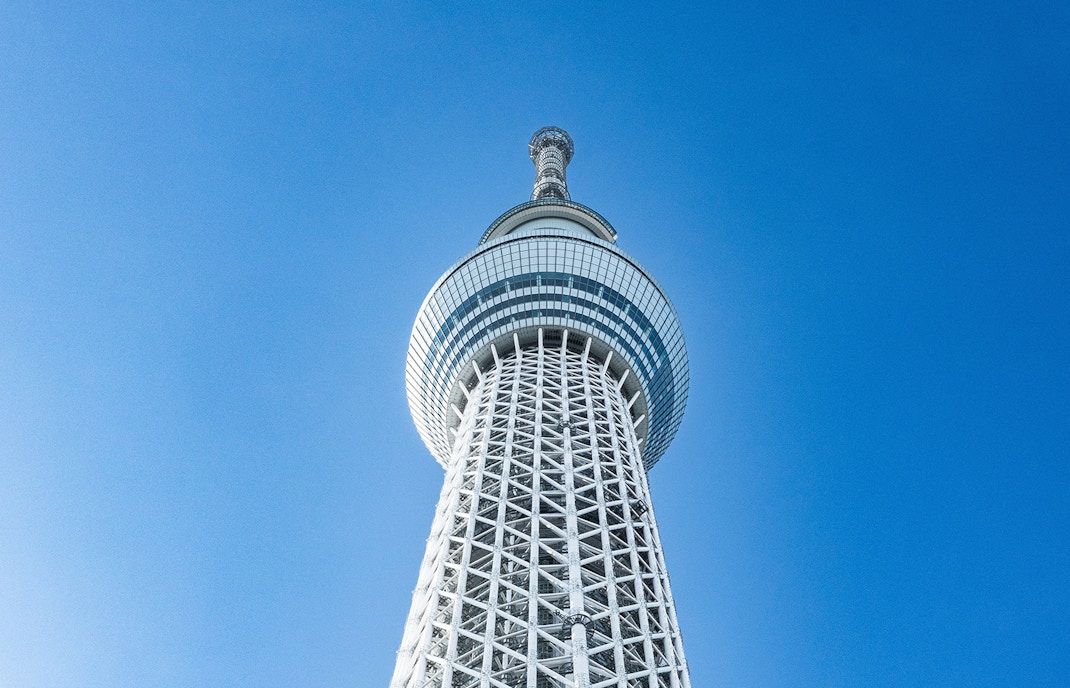Tokyo Skytree’s design merges neo-futuristic form with traditional 'Sorakazari' Japanese geometry used in Japanese shrines and temples, shifting from a triangular base to a circular tower as it rises.
If you love culture, history and breathtaking views, Tokyo Skytree is a must-visit. The iconic tower that dominates the skyline of Tokyo was inaugurated on May 22, 2012, and is a remarkable engineering marvel. Standing at a height of 634 meters, it is the tallest tower in Japan and one of the tallest structures in the world.
If you are visiting Tokyo Skytree, here are a few architectural highlights that’ll pique your interest:




The architectural style of Tokyo Skytree is modern and futuristic, with a design inspired by traditional Japanese structures such as pagodas and the ‘sorakazari’ decorative element used in Japanese shrines and temples. The tower's sleek, tapering form and steel lattice structure are also reminiscent of Tokyo's industrial past. The tower is also fitted with sophisticated lighting systems that illuminate the tower in various colours, creating a dazzling night-time display appreciated by the locals and tourists alike.
Tokyo Skytree’s architectural design features a sleek, modern neofuturistic style.
Tokyo Skytree's design was inspired by the traditional Japanese pagoda, characterized by multiple levels and gently curved lines.
Tokyo Skytree's construction began in 2008 and was completed four years later, in 2012.
Tokyo Skytree contains shopping centers, restaurants, a planetarium, and two observation decks - Tembo Deck at 350 m and Tembo Galleria at 450 m.
The exterior of Tokyo Skytree is adorned with two illuminated panels that display images of cherry blossoms in bloom during springtime.
Tokyo Skytree stands at an impressive height of 634 meters, making it the tallest tower in Japan and one of the tallest structures in the world.
Tokyo Skytree's triangular-shaped cross-section measures 38 meters at its base, and tapers to 29 meters at the top of the tower.
Tokyo Skytree is primarily made of steel, which provides strength and durability to withstand natural disasters such as earthquakes.
No, Tokyo Skytree is not part of any sub-attraction.
Yes, you can purchase tickets to Tokyo Skytree online here. You can also purchase tickets offline at the observatory ticket shop in the Solamachi shopping complex, which is located at the base of the tower.
Tokyo Skytree was designed by Nikken Sekkei, a Japanese architectural firm known for its innovative and earthquake-resistant designs.
Construction of Tokyo Skytree took four years, from July 2008 to February 2012.
Tokyo Skytree incorporates a central reinforced concrete pillar, which is structurally independent of the main tower frame. Oil dampers installed between the pillar and the frame absorb seismic energy, reducing earthquake vibrations by up to 50%.












